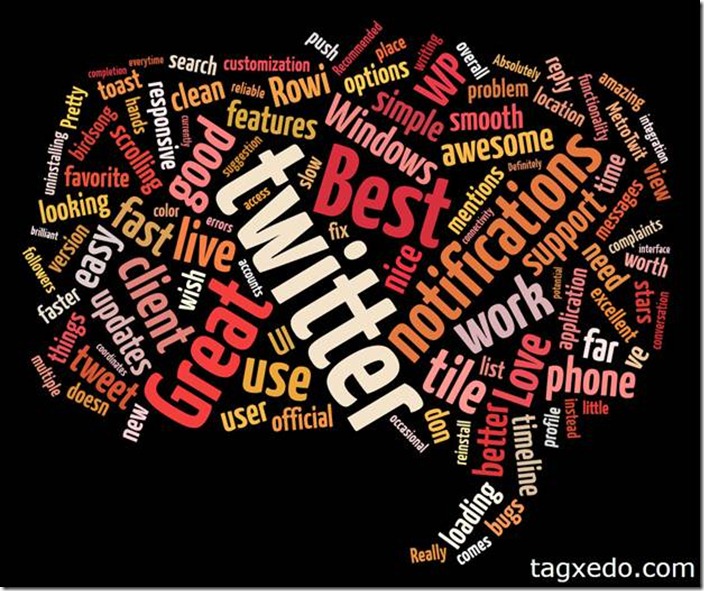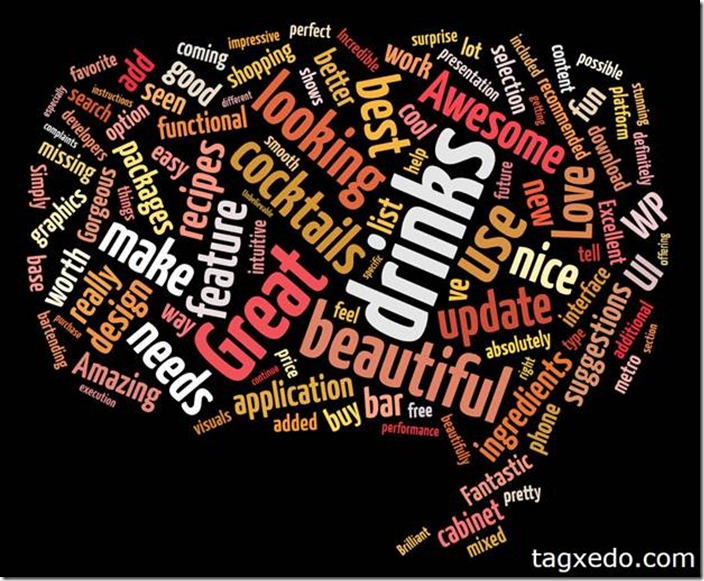What an amazing time for Microsoft developers! The buzz down here at the //build conference has been truly inspirational. It also reminds those of us in Windows Phone just how far we’ve come in only 18 months. It was not so long ago at MIX10 that we pulled the wraps off of the brand new developer platform for Windows Phone, introducing you to a new take on the mobile developer platform. We opted to take a fresh look at mobile app development; one that combined the powerful and familiar Microsoft tools with well understood and widely used languages. You responded in kind, creating one of the fastest growing mobile ecosystems in history in terms of the rate of apps published.
Just 6 months ago at MIX11, we introduced the development platform for Windows Phone 7.5, code named Mango. There we demonstrated your next wave of capabilities and opportunities on the Windows Phone platform. While the first introduction of Windows Phone was a clean sheet, Mango expands the capabilities of the phone to enable you to build even richer experiences via proper multi-tasking via Background Agents and expanded Live Tile capabilities, to name a few. Mango also broadens the opportunities for you to build a business, or just get noticed with 19 more markets and an innovative new way of connecting apps with consumers via App Connect.
Using the free Windows Phone SDK (which includes Visual Studio 2010 Express, and Expression Blend 4 for Windows Phone), you can target the Windows Phone Runtime to build Metro apps for Windows Phone. The developer tools we provide are without question the best on the market, which means you can spend more time focusing on your app experience. More and more of you seem to be showing your support for the Windows Phone RT every day. Over 50K of you have registered as Windows Phone developers, and have built over 30K apps to date. Stats are great, but here’s what some of you have had to say about the platform (source: Why Is Windows Phone 7 Winning Over Some Indie App Developers?)
Geert van der Cruijsen, developer of Social Lookout, said that “Windows’ Metro UI is really adding something.”
Pieter Voloshyn, developer of Thumba, said “Microsoft came late in the game but came well, and I see a lot of gas for WP7 to compete.”
You aren’t the only ones excited about the long term potential of the Windows Phone platform. Following the announcement of our partnership with Nokia with its beautiful hardware and 190 market footprint, IDC *predicted that Windows Phone would be the number 2 position worldwide by 2015. Gartner agreed, **forecasting end users open OS sales in excess of 600 million units by 2015 for Windows Phone. This ecosystem is building, and Microsoft and our partners are committed to making Windows Phone a success in the market.
In the end, the voice that matters most, though, is that of the customer. Here’s a word cloud made up from all of the user reviews of the Rowi app (a Twitter client):
The words which jump out are “great”, “best”, “live” & “tile”, “love”, “notifications”, “awesome”, “clean”, “simple” and “smooth.” Those are the types of experiences you can build when you target Windows Phone. Here’s another example, this time of the Cocktail Flow app:
“Great”, “beautiful”, “best”, “nice”, “love”, “awesome”, “amazing”. Customers love the apps built for Windows Phone.
Yesterday, we saw the first look at the Metro style apps on the PC. As the Windows Phone Runtime evolves, we plan to align the PC and Windows Phone platforms as much as possible. For example as demonstrated yesterday, developers will soon be able to easily share XAML and C# code between the PC and Windows Phone. And for developers building Windows Phone apps today, those apps will work on Mango and on the next major release of Windows Phone as well. Any app that you have built, or build today, will just work.
The time to get your Mango apps into Marketplace is now. AT&T announced their Mango lineup on Monday, and existing customers will begin getting their OS update this fall. At a minimum it’s worth updating your existing app now so that when customers experience Mango they benefit from “fast app switching” multitasking, which requires little more than a recompile of the app. If you want to stand out from the crowd, get your apps updated to take advantage of other Mango features like Live Tiles and App Connect.
Part of our plan for Windows Phone and this community has been to ensure that we build a great platform and sell it to a lot of customers. With the recent addition of Nokia as a key ecosystem partner, you will see even more handsets in even more markets. We have already announced the doubling of the supported markets for app ingestion, but you can also expect a wider range of price points across the Windows Phone portfolio to ensure more phones are sold to more customers.
It’s a great time to be a developer. Mango will start landing on phones this fall. What are you going to build?
Sincerely,
Matt Bencke,
General Manager, Windows Phone Apps
*Source: Worldwide Smartphone 2011–2015 Forecast and Analysis, Doc # 227367, March 2011.
**Source: Gartner Inc., Forecast Mobile Communications Devices by Open Operating System, Worldwide, 2008-15, Roberta Cozza, April 5, 2011).


